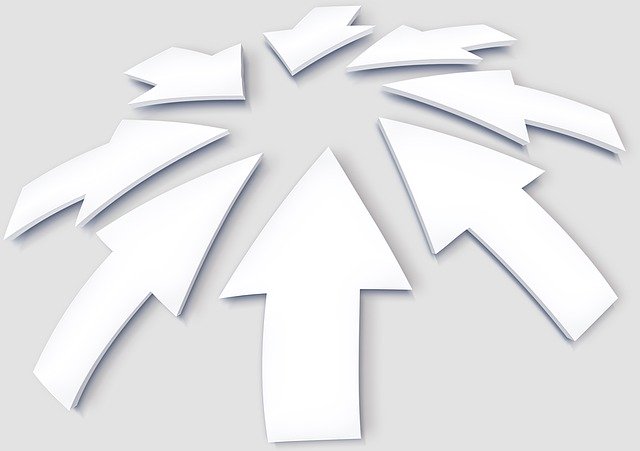Yesterday Ginny Whitelaw conducted a global Zoom launch for her new book, Resonate: Zen and the Way of Making a Difference. Ginny contends that resonance is the “lynchpin” between our inner and outer world, it connects inner energy with outer energy. She explained that energy is everywhere, everything is in a state of vibration. If we can achieve integration of mind and body by developing awareness through meditation, we are capable of vibrating with many energies that enable us to create change in our world – personal, inter-personal and social change.
Resonance as alignment and amplification
Resonance involves “vibrating with” – achieving alignment with, and amplification of, energy. Ginny pointed out that resonance is a “fact” – there are measurable, characteristic ways in which vibration occurs when energies come together. For example, she provided an experiential exercise where participants in the Zoom meeting could experience in their body, the vibrations from the music of a large church organ. When the notes were deep, people felt the vibrations in the lower part of their bodies, e.g. in their feet; in contrast, when the notes were high, the vibration was felt higher in the body. She reinforced this experience with a final exercise that involved making sounds such as “oh”, “om” and “ng”, while progressively experiencing the different sounds in the relevant Chakra level of the body, e.g. the deep “oh” sound aligned with the “root chakra”, while the “ng” sound was experienced in the “crown chakra”.
Ginny explained that energy vibrations and rhythms surround us in daily life. The vibrations of sound waves, the movement of a swing, and the differential impact of small and big waves are some of the ways that we can perceive energy and resonance in action. According to Ginny, “energy creates form” and “form shapes energy”, e.g. when the flow of water down a rockface gouges out a clear channel for the water to follow over time. So too, energy perceived through the senses can change our neurons, changing our form within us and shaping our energy output.
Leveraging energy through mindful meditation
Ginny pointed out that through breath meditation, employing deep breathing, we can slow our thoughts and calm our body. The integration of the mind-body connection through different forms of meditation and other mindfulness practices, enables us to develop calm energy which impacts those around us. She views meditation as improving our own resonant instrument, taming the dissipated energy of the ego, fears, and impulses. Meditation heightens our sensitivity and enables us to overcome habituated responses. Our life experiences influence our perceptions and emotions as we become sensitised to negative triggers that evoke difficult emotions that serve to misdirect our focus and energy. Meditation helps us to tame the energy of difficult emotions, and to understand their message and wisdom so that we can redirect their energy and take appropriate action.
During the online launch, Ginny provided a three-step meditation process designed to change the “inner dialogue” and release energy (as if we are overcoming a “cramp” or energy blockage):
- Breathe deeply and lengthen your exhale beyond that of the inhale.
- Envisage someone in your group or team experiencing difficulty and direct kind thoughts and positive energy towards them.
- Focus on something in the room that you love to look at or experience and then “tune into” why you like that particular object. Progressively let your heart expand to take in your whole room or external environment.
Ginny maintains that as our inner reality changes through meditation, our outer experience changes. We become more open to what is around us and better able to use our gifts to help others – achieving greater flow in our lives through alignment with our life purpose. We can more readily tune into the wavelength of others and respond more appropriately and creatively. Our inner energy flow and mind-body alignment shape the way we interact with the world and bring about personal, interpersonal, and social change.
Ginny highlights the need for leaders to develop leadership agility by adopting different energy patterns. She maintains that leadership is about resonance, a skill developed by deep listening to others. Listening, in turn, requires being in the moment, fully present, and consciously attuned to the other person and the source and direction of their energy. This capacity for attunement is developed through meditation and mindfulness practices.
Reflection
The challenge for us is to achieve what Ginny calls “the foundational flip” – the capacity to overcome self-absorption and direct our energy outwards for the good of others. As we grow in mindfulness through meditation and other mindfulness practices, we can become more attuned to the energy that surrounds us, more flexible and adaptable in leading others and more focused and energised to achieve our life purpose and make a positive difference in the lives of others.
___________________________________
Image by Okan Caliskan from Pixabay
By Ron Passfield – Copyright (Creative Commons license, Attribution–Non Commercial–No Derivatives)
Disclosure: If you purchase a product through this site, I may earn a commission which will help to pay for the site, the associated Meetup group and the resources to support the blog.



